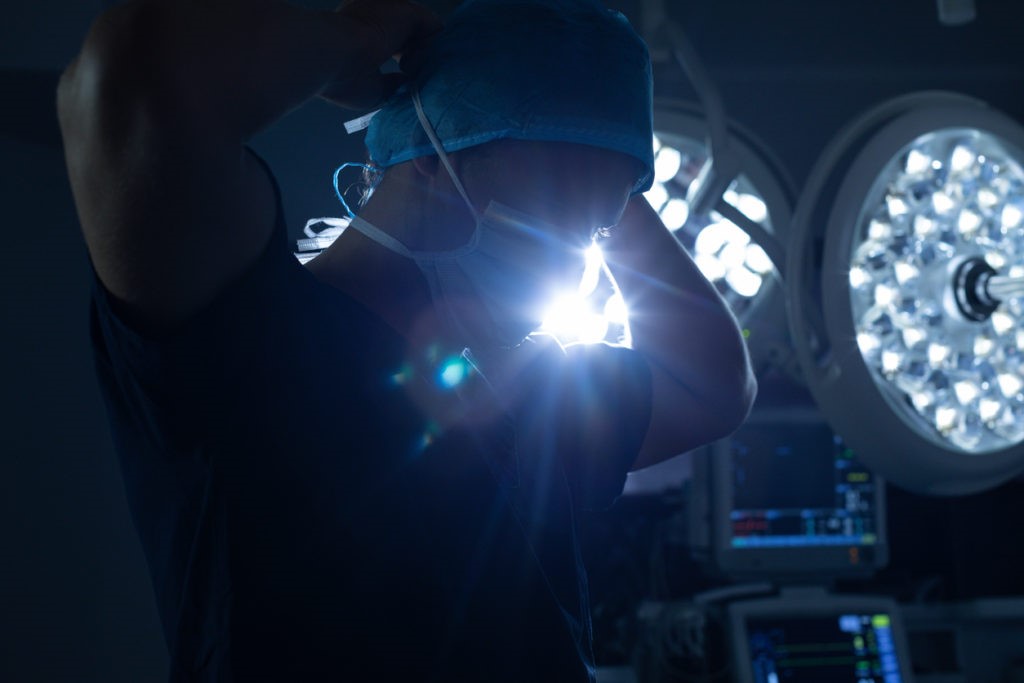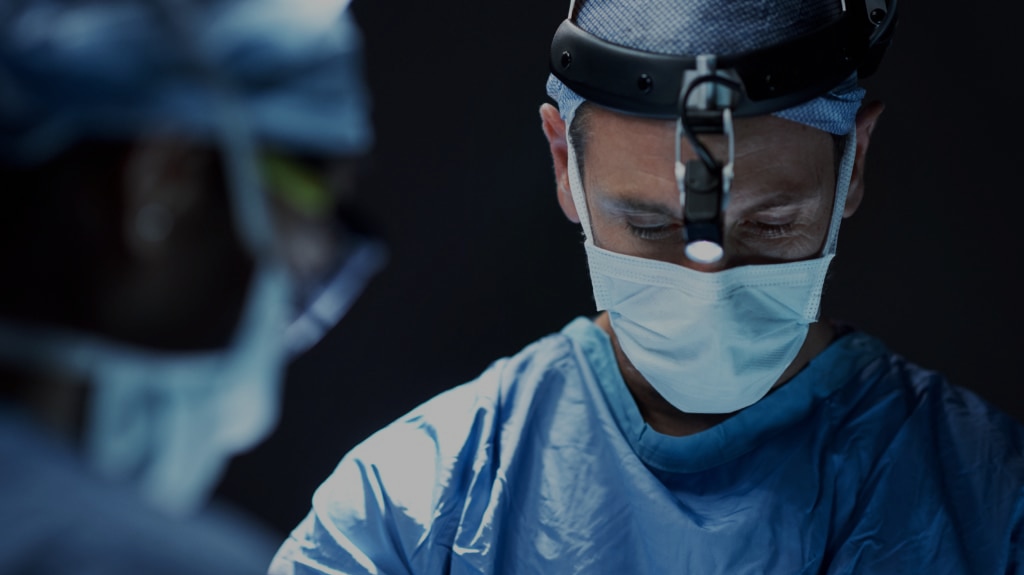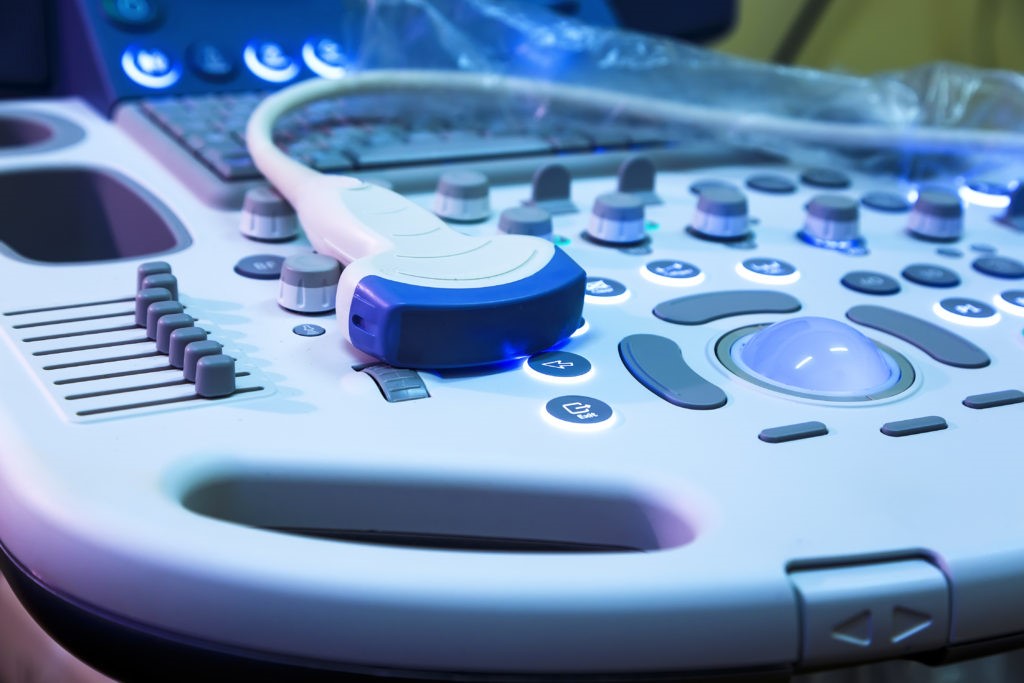A career in medicine may involve many activities outside attending to patients. Career paths for people with a Medicinae Doctor (M.D.) degree can range from business leadership to political advocacy to journalism.1 Among these career paths is academic medicine, which combines teaching, research and service.2 Academic medicine is defined as “the discovery and development of basic principles, effective policies and best practices that advance research and education in the health sciences, ultimately to improve the health and well-being of individuals and populations.”2 Physicians can do research at academic medical centers or for the pharmaceutical industry, or teach courses to medical students or residents.1 Academics and research have a place in all fields of medicine, including anesthesiology.3 When considering their career goals, anesthesiology professionals should familiarize themselves with research and academic opportunities in the field, as well as recent data on academic anesthesiology.
Academic anesthesiology, which weaves together clinical and basic science research and teaching, has its roots in the early 20th century.3 It began when anesthesiologist Ralph Waters joined the faculty at the University of Wisconsin, Madison in 1927.4 Before this time, instruction in anesthesiology was essentially nonexistent, and anesthesiology was only practiced by a few self-taught men.4 Waters created the first academic anesthesiology department, which integrated scientific research and teaching into anesthesiology.3 Communication between Waters and other anesthesiologists, such as Emery Rovenstine, led to the spread of academic anesthesiology across the United States.5 Anesthesiologists at academic centers began studying the scientific bases of the field’s clinical issues and teaching the practice to younger generations.5 After World War II, many physicians who had worked in military anesthesiology were attracted to a career in research and education, and thus completed more training upon their return from war.5 Today, organizations such as the Association of University Anesthesiologists (AUA) encourage physicians to pursue clinical and laboratory research and to develop new methods of teaching anesthesiology.6 The American Society of Anesthesiologists (ASA) also emphasizes academic anesthesiology as a worthwhile career path.7
Given the importance and history of research and teaching in anesthesiology, some researchers have chosen to focus on academic anesthesiology itself as their subject of study. A recent study by Ford et al. showed that publications in peer-reviewed journals by American Board of Anesthesiology members have increased between 2006 and 2016.8 The authors remain unsure if this increase in publications reflects an emphasis during training on academics and research.8 According to an article by Schwinn and Balser, anesthesiology departments are not training enough academicians and physician scientists to receive funding from organizations like the National Institutes of Health (NIH).9 Indeed, only 11 anesthesiology departments held NIH grants for research training in 2004, compared to 41 general surgery departments and 81 pediatrics departments.9 While Drs. Schwinn, Balser, Knight and Warltier agree that the solution is to recruit more anesthesiologists to academic medicine,9,10 an article by Campagna stresses the importance of reducing the number of academic anesthesiology centers and thus the strain on funding for research.11 Though NIH funding for anesthesiology research may be limited, Speck et al.’s study found that the ASA’s Foundation for Anesthesiology Education and Research (FAER) grants are viable routes to career success in publications, leadership positions and other grants.12 Other obstacles to pursuing anesthesiology research opportunities include the time demands of residency,13 schedule conflicts, inadequate faculty support and a lack of protected research time.14 Anesthesiology residents may be more inclined to do another academic activity over research, such as learning specific anesthetic techniques or attending training programs in education.14 Even mentoring and teaching younger residents during anesthesiology can be difficult given time limitations and low monetary or faculty reserves.15 Furthermore, Bissing et al.’s study found disproportionate number of men at the upper levels of leadership in academic anesthesiology, such as in the roles of full professor, department chair and journal editor.16 This may contribute to fewer research grants awarded to women than men, leading to fewer opportunities in academic anesthesiology for women.16 Finally, academic anesthesiology, though lucrative, may not pay as well as private practice, which can be a deciding factor in an anesthesiologist’s career path.7
Academic medicine brings evidence-based solutions to patient care and allows physicians to explore different paths in their careers. Academic anesthesiology, which was established less than a century ago, allows anesthesiologists to pursue research and teaching alongside clinical work. However, limits on grant funding, time, and faculty support; gender inequities in leadership roles; and lower pay may dissuade anesthesiologists from choosing an academic career. In the future, anesthesiology professionals can encourage research and teaching by allotting more time and money for such activities.
1. American Association of Medical Colleges. What Can I Do With My Degree? Medical Career Paths 2020; https://students-residents.aamc.org/choosing-medical-career/article/careers-medicine/.
2. Kanter SL. What Is Academic Medicine? Academic Medicine. 2008;83(3):205–206.
3. Bacon DR, Ament R. Ralph Waters and the beginnings of academic anesthesiology in the United States: The Wisconsin Template. Journal of Clinical Anesthesia. 1995;7(6):534–543.
4. University of Wisconsin-Madison School of Medicine and Public Health Department of Anesthesiology. Dr. Ralph M. Waters History. Ralph M. Waters Visiting Professor Program 2020; https://www.anesthesia.wisc.edu/index.php?title=RMWVP_Biography.
5. Papper EM. The Origins of the Association of University Anesthesiologists. Anesthesia & Analgesia. 1992;74(3):436–453.
6. Association of University Anesthesiologists. Mission Statement. About 2020; https://auahq.org/mission/.
7. Mets B. A Career in Academic Anesthesiology. ASA Guide to Anesthesiology for Medical Students. Schaumburg, Illinois: American Society of Anesthesiologists; 2015.
8. Ford DK, Richman A, Mayes LM, Pagel PS, Bartels K. Progressive Increase in Scholarly Productivity of New American Board of Anesthesiology Diplomates From 2006 to 2016: A Bibliometric Analysis. Anesthesia & Analgesia. 2019;128(4):796–801.
9. Schwinn Debra A, Balser Jeffrey R. Anesthesiology Physician Scientists in Academic Medicine: A Wake-up Call. Anesthesiology: The Journal of the American Society of Anesthesiologists. 2006;104(1):170–178.
10. Knight Paul R, Warltier David C. Anesthesiology Residency Programs for Physician Scientists. Anesthesiology: The Journal of the American Society of Anesthesiologists. 2006;104(1):1–4.
11. Campagna Jason A. Academic Anesthesia and M.D.–Ph.D.s. Anesthesiology: The Journal of the American Society of Anesthesiologists. 2006;105(3):627–628.
12. Speck RM, Ward DS, Fleisher LA. Academic Anesthesiology Career Development: A Mixed-Methods Evaluation of the Role of Foundation for Anesthesiology Education and Research Funding. Anesthesia & Analgesia. 2018;126(6):2116–2122.
13. Nasr VG, Ahmed I, Bonney I, Schumann R. Research and scholarly activity in US anesthesiology residencies: A survey of program directors and residents. ISRN Anesthesiology. 2012;2012:9.
14. Silcox LC, Ashbury TL, VanDenKerkhof EG, Milne B. Residents’ and Program Directors’ Attitudes Toward Research During Anesthesiology Training: A Canadian Perspective. Anesthesia & Analgesia. 2006;102(3):859–864.
15. Miller DR, McCartney CJL. Mentoring during anesthesia residency training: Challenges and opportunities. Canadian Journal of Anesthesia/Journal canadien d’anesthésie. 2015;62(9):950–955.
16. Bissing MA, Lange EMS, Davila WF, et al. Status of Women in Academic Anesthesiology: A 10-Year Update. Anesthesia & Analgesia. 2019;128(1):137–143.









